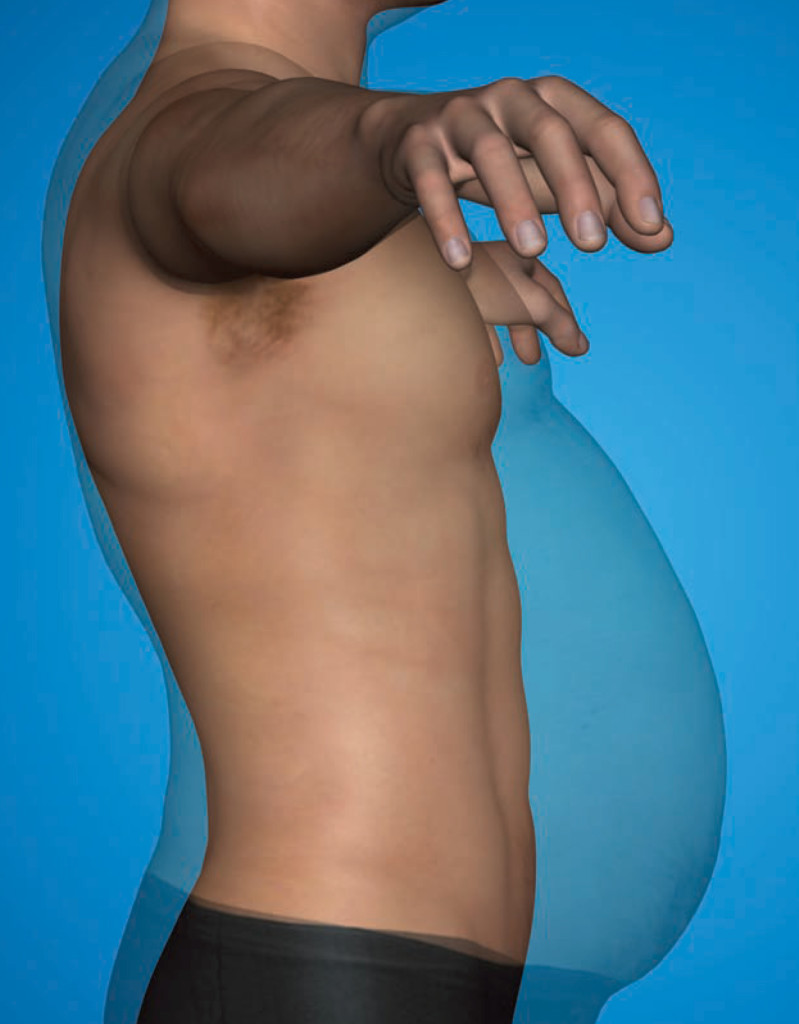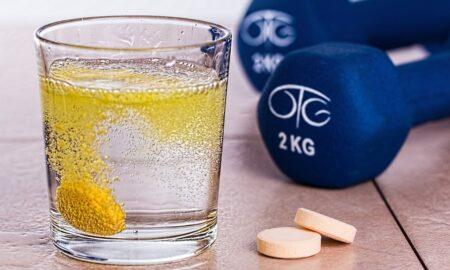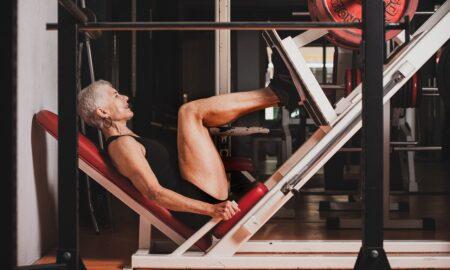


Several lines of evidence suggest that caloric intake influences the rate of aging and the onset of associated diseases in animals and possibly humans. An increasing body of clinical research shows that cumulative oxidative damage to macromolecules such as protein, lipids, and DNA also plays a major role in aging. Caloric restriction slows both the degree of oxidative damage and the associated decline in function. In other words, reducing our caloric intake will likely extend the life of the average human. But strength training athletes are not average humans. If we want to maintain our fitness long into our 40s, 50s, and 60s, we can’t eat 800 calories a day and hope to maintain our muscle mass. And therein lies the problem. Sarcopenia, or lack of skeletal muscle mass, is associated with declining immunity and susceptibility to disease. After all, one’s resilience to disease is a direct function of muscle mass.
Whether you’re 35 or 65, the number of calories you should be consuming each day varies according to your sex, height, weight, body composition, and activity level. It is a well-known fact that body fat increases as we age while muscle mass and bone mineral density decrease. Transitively, there is a reduction in one’s basal metabolic rate (BMR) and a tendency to inflate that dreaded spare tire. Such abdominal adiposity stems also from an interrelated hormonal decline, plummeting testosterone levels in men and estrogen in women. Body fat, in particular visceral fat, which clings to your belly and surrounds your organs, releases adipocytokines or signaling molecules into the bloodstream, inducing insulin resistance and inflammation, the underpinnings of age-related disease.
So what is the best way to combat age-related physical decline? Adding muscle to your frame. Muscle offsets the natural decline in metabolic efficiency. Muscle tissue is the ultimate metabolic equalizer. Not only does it serve as a glucose sump, extracting sugar from the blood stream, but it also relies heavily on beta-oxidation of fats for cellular maintenance and repair. Muscular recovery after a rigorous strength training session drives the fat-burning process.
 How does this work? First and foremost is the provision of an adequate training stimulus. This acute stressor drives the reparative (muscle building) process. Without it, there is no impetus to build muscle. Secondly, muscular growth must be supported by adequate recovery between training sessions and obtaining seven to eight hours of nightly sleep. Third, tailor your diet to suit your needs. As we’ve written many times, caloric intake regardless of age is reflective of one’s goal.
How does this work? First and foremost is the provision of an adequate training stimulus. This acute stressor drives the reparative (muscle building) process. Without it, there is no impetus to build muscle. Secondly, muscular growth must be supported by adequate recovery between training sessions and obtaining seven to eight hours of nightly sleep. Third, tailor your diet to suit your needs. As we’ve written many times, caloric intake regardless of age is reflective of one’s goal.
First and foremost, one should understand his or her maintenance caloric requirement, known as your BMR or basal metabolic rate. This value, based upon several anthropometric variables, will guide food intake variation in the context of your fitness goals. If you don’t know your BMR, simply utilize one of the web-based calculators. It is critical to enter your “lean body mass” into the field labeled “bodyweight.” Lean body mass (LBM) is your weight minus your body fat. (You will need to get a reliable body-fat test done to figure out your lean body mass.) If you use your bodyweight, the calculator will overestimate your caloric needs, causing you to gain weight. After you determine your BMR, follow these calorie rules:
1. Eat one gram of protein per pound of lean body mass. For instance, if your LBM is 170 pounds, eat 170 grams of protein daily. (170 pounds x 4 calories per gram of protein = 680 calories of protein a day.)
2. Start with 150 grams of carbohydrates daily, regardless of your bodyweight. This equates to 600 calories of daily carbs. (150 grams of carbs x 4 calories per gram of carbs.)
3. Devote the remainder of the calculated BMR calories to intake of healthy fats.
To Gain Muscle: Using the numbers derived from the calorie rules, increase both your carbohydrates and protein by 50 grams each. This will grant you an extra 400 calories a day and provide the nutritional substrate for muscle hypertrophy. You may add some body fat during this process, but that will be easy to rectify.
To Lose Fat: Using the numbers derived from the calorie rules, reduce your carbohydrate intake by 50 grams a day, while leaving protein and fat intake unchanged. This will turn on the fat-burning process by driving insulin levels down.
Daily caloric maintenance can be estimated at 15 calories per pound of bodyweight. If one is looking to gain muscle mass, 16 to 18 calories per pound is a good start with an emphasis on lean protein and essential fatty acids. To lose body fat, cycle calories by eating nine to 12 calories per pound on alternating days while restricting carbohydrate consumption, especially on non-resistance-training days. How much carbohydrate restriction is necessary to stimulate the fat-burning process? That is a function of one’s carbohydrate sensitivity, which is determined through trial and error. So-called “hard-gainers” tend to have low carbohydrate sensitivity, while those who put on weight quickly are more sensitive to carbs.
Goal-Based Guidelines
Follow these rules to optimize your lean body mass. It does take work and a willingness to experiment. Be patient. Be persistent. The muscle added to your frame will mitigate the effects of the aging process more so than any caloric reduction. The bottom line is, it takes very little money to stay healthy, but it does demand a squat rack and some blood, sweat, and tears.
To Maintain Your Current Weight
Eat 14 to 15 calories per pound. Carbohydrate consumption should depend on your insulin sensitivity; the more sensitive you are, the less carbs you need (or you run the risk of adding body fat).
To Lose Body Fat
Eat nine to 12 calories per pound. Lowering your carbohydrate consumption on non-strength-training days will temper insulin secretion, driving the fat-burning process.
To Gain Muscle Mass
Eat 16 to 17 calories per pound. In general, consume more calories on weight-training days. Carbohydrates should be consumed at a level necessary to put on muscle mass while minimizing fat deposition.
by Brett Osborn, DO, FAANS, CSCS, & Jay Campbell




















You must be logged in to post a comment Login